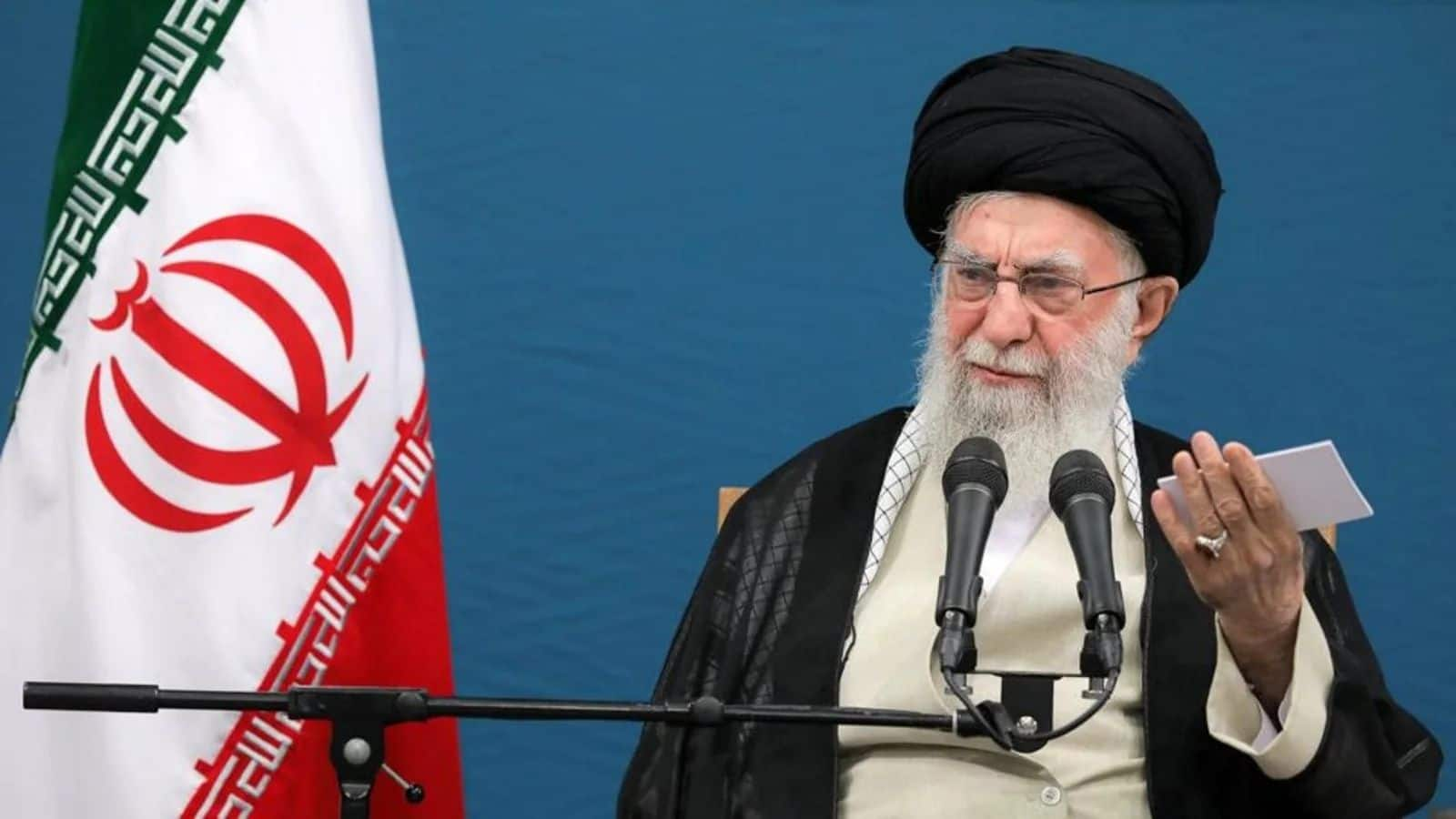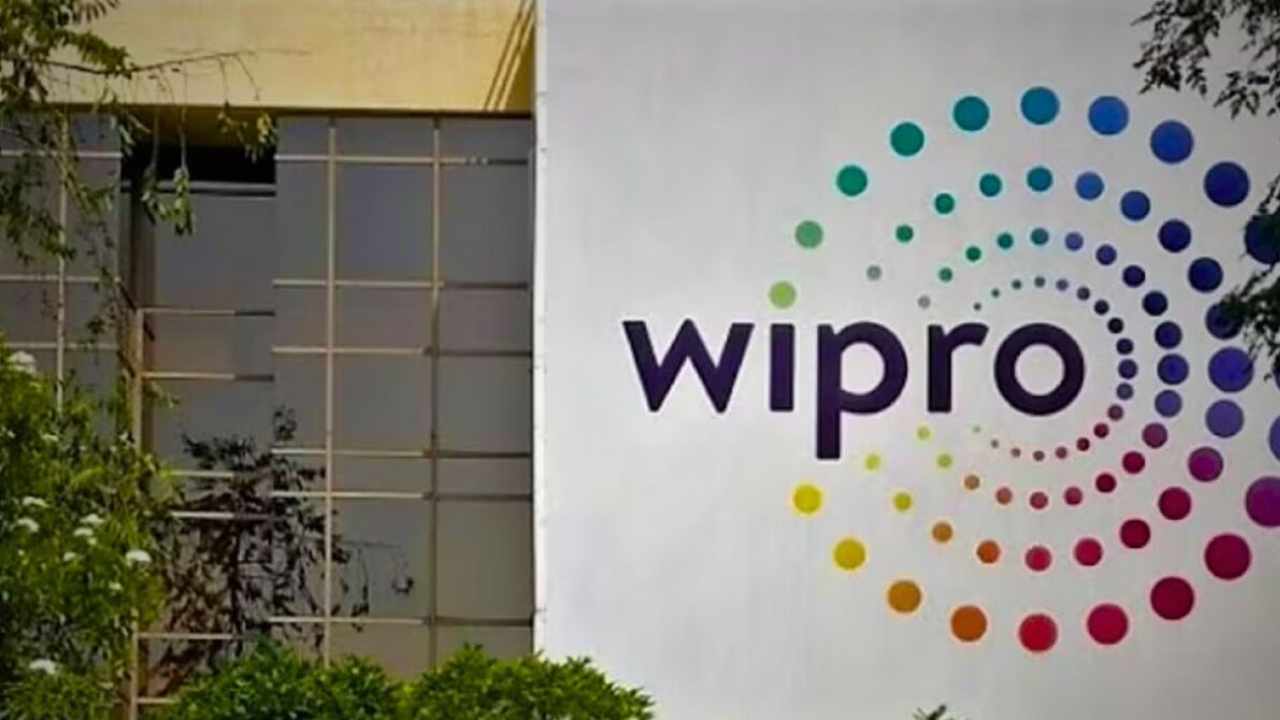Escalating Tensions in the Middle East Following Israel’s Airstrike
In a significant development, Iran’s Supreme Leader, Ayatollah Ali Khamenei, has been relocated to a secure location amidst escalating tensions in the Middle East. This precaution follows Israeli claims that they have successfully targeted and killed Hezbollah’s Chief, Sayyid Hassan Nasrallah, in an airstrike. The situation has stirred up significant unrest across the region, prompting Iran to engage closely with Hezbollah and other allied groups to strategize their next steps after Israel’s aggressive move.
The Impact of Nasrallah’s Potential Death
Should the reports of Nasrallah’s death be confirmed, it would mark a substantial blow not only to Hezbollah but also to Iranian interests in the region. Having led Hezbollah for over three decades, Nasrallah has been a pivotal figure in Iran’s efforts to extend its influence throughout the Middle East. The loss of such a leader could undermine Hezbollah’s operations and morale significantly, and it poses questions about the future of the organization amid regional power dynamics.
Details of the Airstrike
According to statements from the Israeli military, the airstrike targeted Hezbollah’s underground headquarters situated beneath a residential complex in the Dahiyah neighborhood of southern Beirut. In this calculated assault, not only was Nasrallah allegedly killed, but several other key figures within the organization, including senior leader Ali Karaki, were also reported dead. The Israeli forces contend that this operation was crucial to thwart imminent terrorist activities that were being plotted against Israeli civilians.
Aftermath and Region-wide Consequences
The repercussions of the Dahiyah airstrike resonated throughout Beirut, where its powerful explosions created a crater over 20 meters deep. Following this initial strike, Israel continued its military campaign with further airstrikes on Saturday, causing casualties on both sides and exacerbating hostilities. The growing conflict raises profound concerns about a broader escalation that could draw in major powers, with Iran likely supporting Hezbollah and the United States backing Israel.
Current Status of Nasrallah and Hezbollah
Despite the turbulence, there has been no official confirmation from Hezbollah regarding Nasrallah’s fate. Late on Friday, a source close to the organization revealed to Reuters that attempts to reach Nasrallah had been unsuccessful. This uncertainty has only deepened the regional anxieties and speculation regarding the future trajectory of Hezbollah’s operations and Iran’s role in supporting the group.
Conclusion
The unfolding events paint a picture of rising tensions that threaten to destabilize the already fragile peace in the region. As Iran reassesses its strategies in light of these developments, all eyes will be on how Hezbollah and its allies respond to this provocative act from Israel. The call for calm and restraint is more urgent than ever, as the potential for a larger conflict looms on the horizon.












